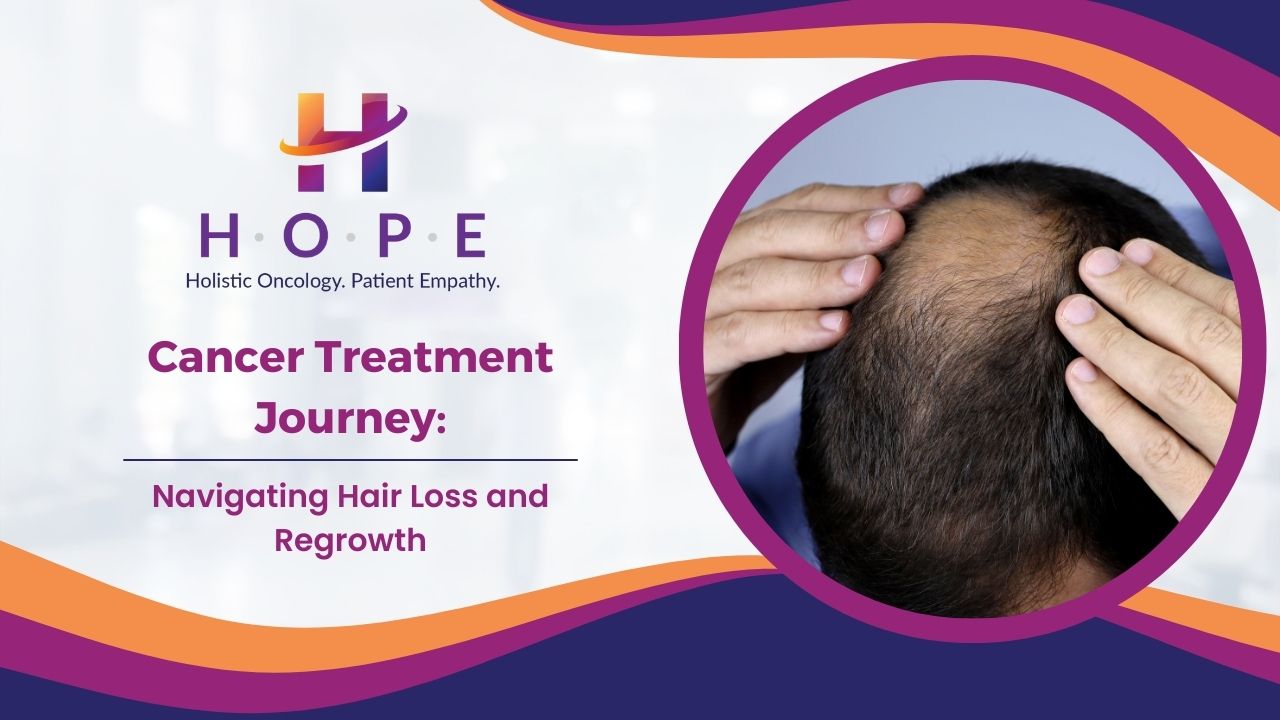Cancer Treatment Journey: Navigating Hair Loss and Regrowth
Cancer, a formidable adversary, often requires an equally potent treatment plan. While medical advancements have significantly improved the chances of overcoming this disease, the journey through cancer treatment is multifaceted and can involve unexpected challenges. One such challenge that many individuals face is the impact of treatment on their hair – a journey marked by loss and eventual regrowth.
Understanding Hair Loss during Cancer Treatment:
- Chemotherapy and Its Effects: Chemotherapy, a common cancer treatment, involves the use of powerful drugs to target and eliminate rapidly dividing cancer cells. Unfortunately, these drugs can also affect normal cells, including hair follicles. As a result, individuals undergoing chemotherapy often experience hair loss, which may include not only scalp hair but also eyebrows, eyelashes, and body hair.
- Emotional and Psychological Impact: Hair loss can be emotionally challenging for many cancer patients. Our hair is intricately tied to our identity, and losing it can evoke a range of emotions, including sadness, anxiety, and a sense of vulnerability. Coping with these feelings is an integral part of the overall cancer journey.
The Journey of Hair Regrowth:
- Embracing Change: As challenging as hair loss may be, it is essential to understand that it is often a temporary side effect of cancer treatment. Many individuals find solace in accepting this change as part of the healing process and a visible symbol of their resilience.
- Timeline of Regrowth: Hair regrowth typically begins after the completion of chemotherapy. The timeline varies among individuals, but it is common for new hair to start appearing within a few weeks to a few months. Initially, the hair may be different in texture, color, or thickness than the original hair, but it gradually returns to its pre-treatment state.
- Caring for New Hair: The regrowth phase calls for gentle care. Using mild shampoos, avoiding excessive heat styling, and practicing patience are crucial during this time. Understanding that the new hair may have different characteristics can help individuals adjust their expectations and embrace the uniqueness of their evolving appearance.
Navigating the Emotional Aspect:
- Empowerment through Personal Style: Exploring different head coverings, scarves, or wigs can empower individuals to express their personal style during the period of hair loss. Many find comfort in experimenting with various looks and accessories.
- Building a Support System: Emotional support plays a vital role in coping with the challenges of cancer treatment. Sharing feelings with friends, family, or a support group can alleviate the emotional burden associated with hair loss and promote a sense of camaraderie.
Conclusion:
The journey through cancer treatment, including the experience of hair loss and regrowth, is undoubtedly a rollercoaster of emotions. Yet, it’s crucial to remember that each phase contributes to the story of survival and triumph. As individuals navigate the changes in their appearance, they often discover a newfound strength that goes beyond physical attributes, embracing the resilience that is an integral part of their cancer journey

